Interactions among subfamilies when you look at the two biggest monocot families-Orchidaceae and Poaceae-are the same as those fixed by Givnish et al
Phylogenomic analyses
Plastome facts excluding Thismia produce a totally solved, highly supported RAxML forest; 421 of 543 branches inside the monocots has 100percent bootstrap service, and ordinary part assistance was 96.6 A± 10.2per cent (Appendix S11). All 12 orders-including Dasypogonales (sensu Givnish et al., 1999 ; maybe not recognized by APG 2016 )-have 100% bootstrap help, as do-all but a couple of 51 APG IV families displayed by two or more accessions (Fig. 1A). Corsiaceae, a family group consisting solely of mycoheterotrophs, enjoys 99.2percent bootstrap help based on plastid gene facts, as really does the autotrophic families Stemonaceae. All subfamilies represented by 2 or more accessions supply 100% bootstrap help (except Arundinoideae with 99.8percent assistance), as evident for the big individuals Orchidaceae, Poaceae, Araceae, Asparagaceae, Arecaceae, and Asphodelaceae. Monocots overall have actually 100per cent bootstrap assistance. Ceratophyllum + eudicots were solved because their aunt cluster, with 89.8% bootstrap support; the Ceratophyllum + eudicots clade provides 73.8% help. On the list of commelinid monocots (100% support), Poales was settled as sibling to Commelinales + Zingiberales (95.2% help); Arecales is actually cousin to Dasypogonales (74.2per cent help). Asparagales is dealt with as cousin for the commelinids with 100percent bootstrap assistance. Liliales is actually cousin to this large clade, with Dioscoreales + Pandanales, Petrosaviales, Alismatales, and Acorales sister to gradually more inclusive monocot clades, all with a‰?99.8percent bootstrap service (Fig. 1A and Appendix S11). Trithuria of Hydatellaceae-formerly put in Poales-is fixed as a member of purchase Nymphaeales with 100per cent bootstrap service, verifying the results of Saarela et al. ( 2007 ). ( 2015 ) while the Grass Phylogeny Working Group II ( 2012 ), except that Aristidoideae is placed sis to Panicoideae in the PACMAD clade of grasses however with weak support (44per cent) (Appendix S11).
The weakest help standards for limbs over the parents stage within the monocots are those that unite (1) Tofieldiaceae to Araceae (bootstrap support, BS = 35.0%); (2) Musaceae toward ginger people Cannaceae, Marantaceae, Costaceae, and Zingiberaceae (50.0%); (3) Philydraceae to Haemodoraceae-Pontederiaceae (50.6percent); (4) Doryanthaceae to Asparagaceae through Iridaceae (62.0per cent); (5) Typhaceae to all the Poales except Bromeliaceae (62.6percent); (6) Heliconiaceae to Lowiaceae-Strelitziaceae (73.4per cent); (7) Dasypogonales to Arecales (74.2per cent); (8) Lanariaceae to Hypoxidaceae (75.2%); and (9) Asteliaceae to Hypoxidaceae-Lanariaceae (77.0per cent). Of these, the reasonable help the past two clades may reflect the little number of loci (17) for those of you three family in our alignment. The rest of the difficult branches are typical exceptionally quick in total, and often strong for the monocot tree; two include the spots of Musaceae and Heliconiaceae in Zingiberales. Other interfamilial branches has support prices of 100per cent or almost therefore (Fig. 1A). Among subfamilies previously seen as families in previous APG schemes, precisely the situation of (10) Aphyllanthoideae sister to Asparagoideae in Asparagaceae has reasonably weak service (53.2per cent); interactions on the list of remaining subfamilies were strongly recognized.
Phylogenomic analysis resolves both among-family polytomies https://www.datingranking.net/anastasiadate-review/ into the MP rigorous consensus tree, changes the roles of families in eight on the nine instructions with multiple families relative to the MP investigations of four-gene data, and considerably enhances bootstrap help for a number of higher-order connections within monocots (Fig
Compared to the MP research associated with facts of Chase et al. ( 2006 ) (Fig. 1C), our very own RAxML phylogenomic testing changes the positions of just one purchase (Dasypogonales) and 16 monocot groups or their particular equivalents (subfamilies of Amaryllidaceae, Asparagaceae, and Asphodelaceae regarded as groups in earlier in the day APG classifications). All of our analysis also adds seven family perhaps not symbolized for the reason that prior data ready: Corsiaceae in Liliales; Triuridaceae in Pandanales; and Aponogetonaceae, Maundiaceae, Posidoniaceae, Ruppiaceae, and Scheuchzeriaceae in Alismatales. 1A, C). The contrast of phylogenomic forest making use of ML analysis associated with four-gene data ready (Fig. 1B) is actually somewhat decreased marked, moving the positioning of Dasypogonales and eight monocot groups, but embedding the only representative in the previous Centrolepidaceae in a paraphyletic Restionaceae. Support prices from inside the ML review for the benchmark four-gene data will also be rather raised above those who work in the MP comparison.

